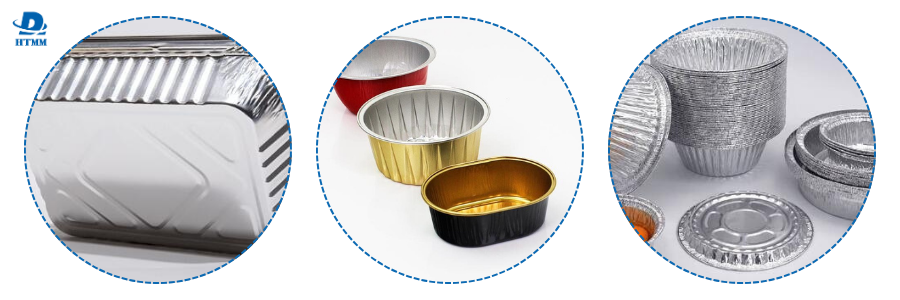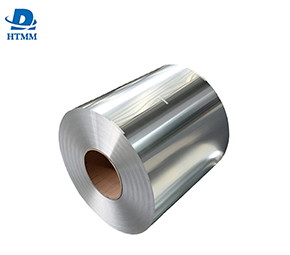
The thickness of the aluminum foil used needs to correspond to the surface area of the container it covers. For large food storage containers with greater depth and volume, thicker aluminum foil is usually recommended. This is because larger containers have a larger internal surface area that must be effectively covered with a continuous piece of aluminum foil. Thinner aluminum foil is more likely to tear, puncture, or form holes when stretched over a larger span area. They may have difficulty maintaining an airtight and durable seal. In contrast, heavier aluminum foil can better accommodate various internal container sizes and resist damage caused by contact with the contents. They provide enhanced barrier protection to maintain the freshness of goods stored in bulk.
The type of food, the content and the expected weight of the package are also factors in determining the optimal 8011 aluminum foil thickness specification. Heavier or bulkier contents exert more pressure on the aluminum foil lining from the inside of the container. Thinner aluminum foil is more likely to leak or tear, affecting the tightness. For example, aluminum foil used to pack trays of cooked, leftover, or baked goods needs to withstand greater pressures than would be necessary for basic food items to be stored separately. The same is true if you want to seal very full or heavy containers rather than the smallest ones. Our aluminum foil thickness varies to accommodate different load capacities.

The manufacturing process we employ can enhance the strength of the foil or make it more susceptible, depending on material handling and quality control standards. Best container foil. Our advanced production lines closely monitor factors such as the aluminum foil's texture, thickness consistency, and ability to hold its shape without bending or curling at the edges. The smoother, more evenly distributed aluminum foil thickness is better resistant to punctures or tears during normal use. Best container foil. The strength and ductility of the aluminum alloy used are also critical. Our stringent purity and alloy standards give aluminum foil optimized barrier properties and resistance to long-term damage. State-of-the-art equipment helps us precisely roll aluminum into continuous strips with reliable and long-lasting integrity, suitable for most packaging needs.
Through continuous innovation and customization capabilities, we aim to provide high performance aluminum foil solutions to meet our customers' unique operational needs. The aluminum foil's thickness must match the internal surface area of the container. Thickner foil is needed for larger containers with deeper and higher capacities. This is so that a single continuous foil sheet may cover a larger internal surface area in larger containers. When stretched across a greater span, thinner foils are more likely to break, puncture, or develop holes. They might not be able to keep a strong, airtight seal. 8011 H24 aluminum foil specifications. Heavy foils, on the other hand, are better able to withstand damage from contact with contents and better fit different internal dimensions. They offer better freshness preservation in bigger volumes that are kept.
The ideal foil thickness is also determined by the kind and weight of the materials being wrapped. Bulky, heavier objects put additional internal strain on the lining. Leaks or rips that affect the seal are a possibility with thinner foils. For instance, foil has to be more durable than regular food storage for prepared dinners, leftovers, or baked products. The same holds true for containers with extremely high volumes vs those with very low volumes. At HTMM, we make foil with different micron thicknesses to accommodate different load capabilities.

Foil's integrity is impacted by the manufacturing process. Our state-of-the-art production system keeps a careful eye on texture, uniformity of thickness, and the capacity to hold shape without warping or curling edges. Thicker, more uniformly distributed material that is smoother resists rips and tears under typical wear. Our aluminum's purity and alloying increase its barrier qualities and long-term damage resistance. For the majority of packaging applications, foil is precisely rolled into continuous strips with dependable, long-lasting properties.





